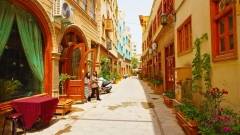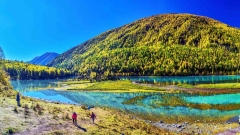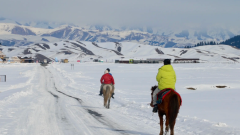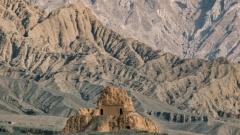Located in eastern Xinjiang, Turpan is a unique destination where ancient Silk Road culture meets extreme desert landscapes. Known as one of the hottest and driest places in China, Turpan is also a historical treasure trove filled with ancient ruins, lush vineyards, and brilliant examples of early desert engineering. If you’re planning a trip to Xinjiang, don’t miss these top attractions in this fascinating desert oasis.
1. Jiaohe Ancient City (交河故城)
As one of the best-preserved ancient cities in China, Jiaohe offers a glimpse into a civilization over 2,000 years old. Built on a natural island between two rivers, this earthen city was carved directly from the ground and served as a major hub on the Silk Road. Walking through its sunbaked ruins feels like stepping into a forgotten world.
Travel Tip: Visit in the early morning or late afternoon to avoid peak heat and enjoy dramatic lighting for photos.
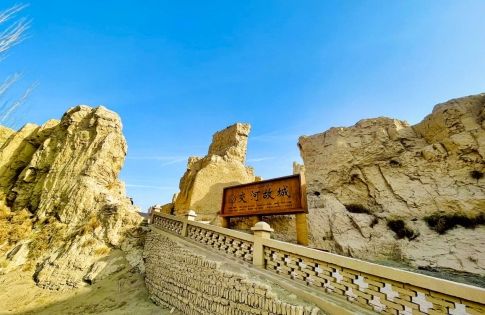
2. Karez Irrigation System (坎儿井)
An impressive feat of ancient engineering, the Karez System consists of underground canals that bring mountain water to the dry desert floor. This ingenious network has sustained agriculture in Turpan for centuries.
Why Visit: The museum showcases how the system works and offers an interactive experience into traditional water conservation methods.
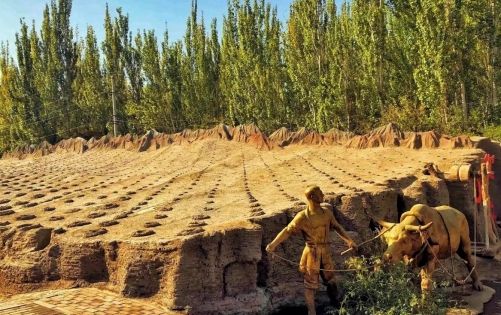
3. Flaming Mountains (火焰山)
Made famous in the Chinese classic Journey to the West, the Flaming Mountains are a series of sandstone hills that appear to blaze under the scorching sun. These fiery red ridges stretch along the desert and are especially striking at sunset.
Good to Know: The temperature here can soar past 45°C (113°F) in summer—bring water and sun protection.
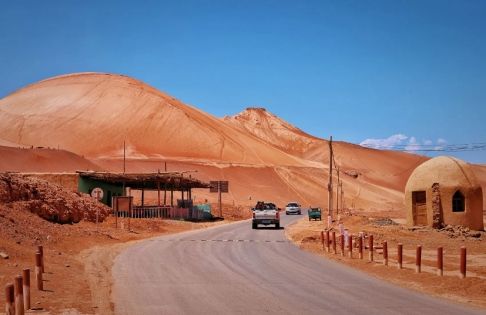
4. Bezeklik Thousand Buddha Caves (柏孜克里克千佛洞)
Hidden in the cliffs of the Mutougou Valley, these ancient caves date back to the 6th century and were once a major center of Buddhist art. Though many murals were damaged or removed, the site still reflects the cultural and religious diversity of the Silk Road.
Cultural Insight: The mix of Indian, Persian, and Chinese influences in the artwork reveals Turpan’s role as a crossroad of civilizations.

5. Emin Minaret (苏公塔)
Also known as Sugong Tower, this 18th-century Islamic minaret is the tallest of its kind in China. Built in Afghan-style architecture, it stands beside a functioning mosque and remains a symbol of Turpan’s Muslim heritage.
Don’t Miss: The adjacent Emin Mosque is still active and welcomes respectful visitors.
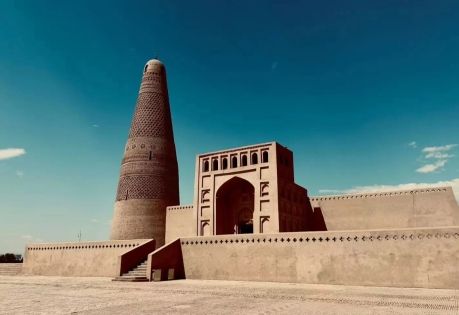
6. Turpan Grape Valley (葡萄沟)
A refreshing contrast to the harsh desert, Grape Valley is a green paradise known for its sweet grapes and traditional Uyghur homes. In summer, the valley becomes a shady escape where you can enjoy fresh fruit, local music, and cultural performances.
Fun Fact: Turpan grapes are sun-dried in unique “wind caves” to make raisins that are exported across China and beyond.
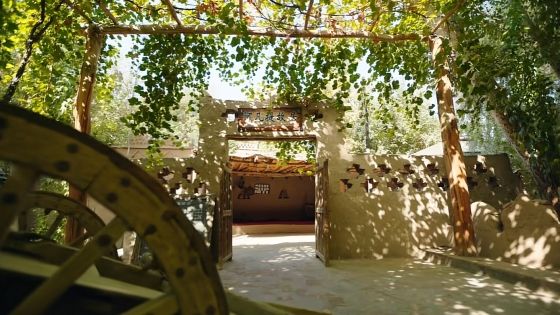
7. Astana Tombs (阿斯塔那古墓)
Dubbed the “Underground Museum of the Tang Dynasty in the West,” these ancient tombs contain murals, figurines, and mummies that provide incredible insight into daily life on the Silk Road.
What You’ll See: Real human remains, preserved artifacts, and elaborately decorated chambers dating back over 1,000 years.
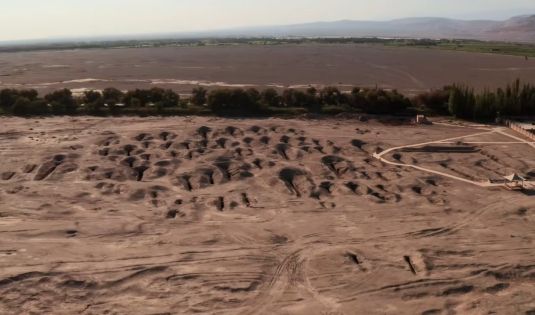
8. Tuyuq Valley (吐峪沟)
This peaceful village nestled in a narrow valley offers a rare look at a traditional Uyghur settlement, complete with adobe houses, ancient mosques, and centuries-old Buddhist caves.
Recommended For: Travelers interested in local culture, history, and photography away from the tourist crowds.
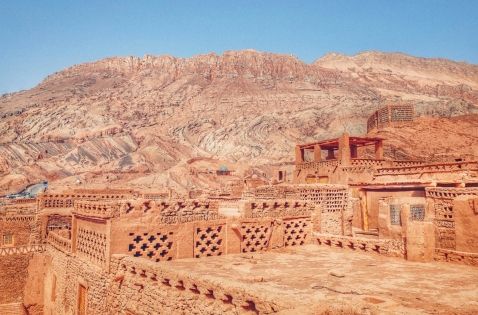
Final Tips for Visiting Turpan
-
Best Time to Visit: Spring (April–June) and Autumn (September–October) for milder temperatures.
-
Transportation: Turpan is easily reached by high-speed train from Urumqi.
-
Weather: Summers are extremely hot—temperatures can exceed 45°C (113°F).
-
Cultural Respect: Dress modestly and respect local customs, especially in religious sites.
Recommended Itinerary
9-Day Xinjiang Duku Highway Tour: Urumqi, Kanas, Hemu, Sailimu Lake & More
16-Day Xinjiang Panorama Tour: Urumqi, Heavenly Lake, Altay, Nalati, Tashkurgan, Kashgar & More




